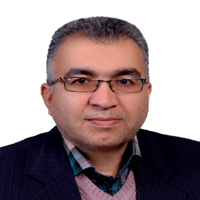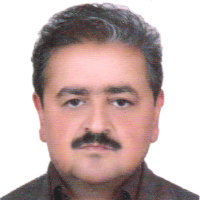Principles of standardization for organic saffron production in Iran
Many activities during production, processing, trade and consumption of saffron (Crocus sativus L.) in Iran, are based on indigenous knowledge. Most share of saffron production in the country is obtained from small fields with family cooperation and using local environmental friendly inputs and technologies. Accordingly, a cosidarable part of saffron produced in Iran is close to the principles of organic farming, but in terms of rules and standards related to this production system, it is considered only as a quasi-organic product. Organic farming is a comprehensive production system that focuses on the quantitative and qualitative aspects of agricultural product during the production cycle (from farm to fork), as well as issues such as justice, social relations, soil health and the rights of all macro and mico organisms. Based on this definition and considering the principles and methods which are used for saffron production in Iranian agroecosystems, it is possible to create a targeted procrdure for its organic production, by perparation a standard. The preparation of this standard, while increasing farmers' incomes, will lead to maintaining and increasing Iran's share of the global market of this valuable medicinal plant. In this article, for all stages of saffron production cycle, using the results of scientific researches on saffron, as well as international, regional and national standards related to organic production, a set of general principles, suggestions (recommendations), requirements and notes are provided. The recommendations are mainly suitable for increasing the quantitative yield, while higher quality of saffron can be achieved by observing the proposed requirements. The guidelines proposed in this paper, besides improving the quantity and quality of the product, will also ensure the other objectives and rules related to organic farming. In the current proposed program, issues related to agronomy (corm production and selection, land selection and preparation, planting, soil nutrition, irrigation, control of biotic stresses, etc.), breeding, harvesting and post-harvest (flowers carrying and storage; separation, drying, grading, packing, labeling and storage of stigma) as well as processing and legal issues have been considered.
-
Evaluation of some growth traits of quinoa cultivars (Chenopodium quinoa Willd.) affected by moisture levels and planting date in two regions of South Khorasan
Farzane Golestanifar, Sohrab Mahmoodi *, , Ali Shahidi
Journal of Plant Production, -
vInvestigating the Effect of Phosphorus Fertilizer Levels and Density of Wild Mustard (Sinapis arvensis L.) on Morphophysiological Traits of Safflower (Carthamus tinctorius L.)
Mojtaba Khosravi, Majid Jami Al-Ahmadi *, Seyed Vahid Eslami, Mohammadhassan Sayyari Zahan
Journal of plant protection, -
The Effect of Corm Storage Conditions During the Summer Dormancy Stage on Reproductive Growth and Yield of Saffron
Sajjad Moradi-Moghaddam, *, Mohammadali Behdani, Sohrab Mahmoodi
Journal of Saffron Research, -
Effects of Gibberellic Acid and Plant Density on Antioxidant Activity and Secondary Metabolites of Saffron (Crocus sativus L.)
Mohammedhossein Aminif *, Mohammadali Behdani, Masoome Shakeri, Seyed Jalal Tabatabaei
Journal of Saffron Research, -
The effect of nutrient seed priming with iron sulfate and zinc sulfate on the germination and seedling growth of lentil seeds
Mohammad Vahdani Rashvanloi, Majid Jami Al-Ahmadi *, Mohammad Hasan Sayyari Zahan, Hadi Shourideh, Moslem Mostafaee
Journal of Seed Research,




